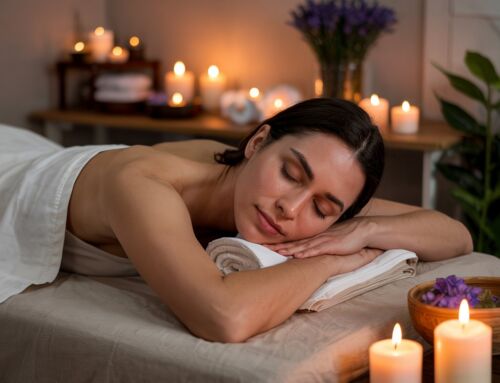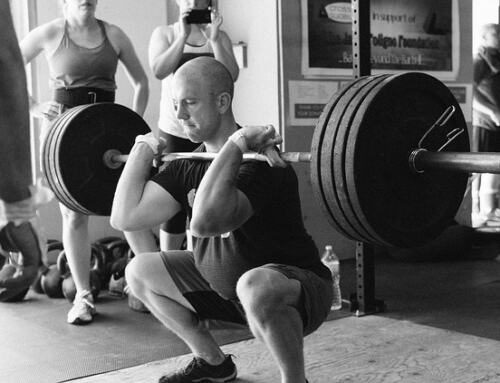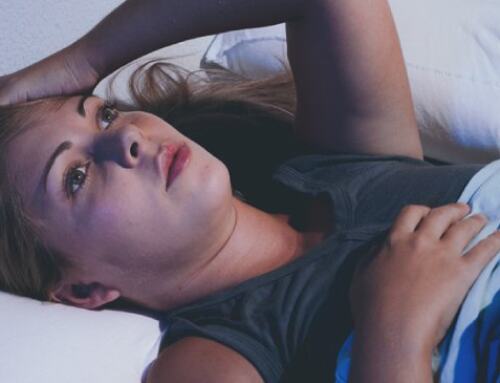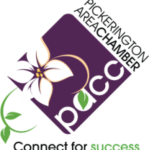Unique Challenges of Women With Back Pain…The Silent Majority?
When considering back pain in men vs. women, there are both similarities as well as differences. While we often have the same conditions with similar signs and symptoms, there are factors unique to women that represent anatomical, physiological, and social challenges.
One similarity between genders is that we are both bipeds that is, 2-legged mammals and as such, we tend to load the back significantly greater than our 4-legged counterparts. This leads to degenerative conditions such as osteoarthritis in the low back by as early as the 3rd decade vs. the 6th decade of life simply by ambulating on 2 vs. 4 legs. There is unfortunately no “remedy” for this as none of us seem to be willing to switch to quadruped locomotion!
A second similarity is that about 90% of both genders have one leg shorter than the other (average 5.2mm or ¼ inch) which can tilt the pelvis downward on the short-leg side which increases the likelihood of back and/or hip pain. This however, can be easily treated by placing a heel lift inside the short-leg shoe.
An anatomical gender difference includes the wider childbearing female pelvis which results in a greater Q-angle or “knock-kneed” effect in females vs. males (the “normals” are <22º and <18º, respectively). The greater the Q-angle, the less stable the pelvis becomes as it’s analogous to folding the legs of a card table inwards which makes the table top unsteady. Another obvious anatomical difference is the weight and mass of the breasts. Large breasts can place a great deal of stress on the mid-back, neck and low back. Wearing a high quality support bra and consideration for breast reduction may be appropriate treatment options for this population.
Hormone variability represents a physiological difference between genders as levels vary significantly more throughout a woman’s life compared to males. This is particularly true of estrogen, especially from the time menstruation starts (called menarche), sometime between ages 9-14 years (average 12.5 years in the U.S.) and menopause. Menopause typically occurs between 49-52 years of age which is triggered by a decrease in hormone production by the ovaries. A total hysterectomy which includes removal of the ovaries creates premature menopause.
During adolescence, growth spurts are common and the rapidly growing spine can develop idiopathic scoliosis or curvature of the spine. The term “idiopathic” means the cause is unknown and why women are 3 times more likely to develop scoliosis compared to men is also a mystery. There are many non-surgical treatment options for scoliosis that range from “wait and watch,” to specific manual therapies and posture correction options that may include heel lifts for a short leg, foot orthotics for hyper-pronation of the ankles, as well as specific exercises for forward head carriage and scoliosis. Bracing may be needed if curves exceed 40º although this varies on a case by case basis.
During pregnancy, there are many changes taking place in the short 9-month time frame. During the first trimester (3 months), the fetus is rapidly growing and the hormonal, physical, as well as emotional changes can be quite an adjustment! Management during this time can include care for back pain, education as to what is occurring and why, as well as offering important emotional support that is frequently needed and appreciated.
During the 2nd and especially the 3rd trimesters, the obvious growth of the baby shifts the center of gravity forward which increases the low back curve or “lordosis.” This often results in back pain commonly generated by inflamed facet joints, the sacroiliac joints, and/or the coccyx (tailbone). Along with the common self-help approaches of ice or heat (ice is typically preferred over heat), rest, special cushions or supports and specific exercises, manual therapies including mobilization and/or manipulation can be very relieving.
For women over 50, with menopause often results a loss in bone density called osteopenia. The term osteoporosis applies AFTER fracture occurs which can be very painful. Management can be successful with non-surgical approaches but if this fails, a procedure called “kyphoplasty” where a cement-like substance is injected into the fractured vertebral body can be highly relieving and appreciated.
Another gender specific cause of back pain has to do with wearing high heels. Studies show that wearing high heels increases the likelihood of back pain as well as big toe pain and a condition called hallux valgus (an outward angled big toe), often associated with bunions.
Though genetics or familial factors carry a big stick when it comes to many conditions that affect the spine and cause back pain, factors discussed here including anatomical variance, menstruation, childbirth, hormonal fluctuations and high heeled shoes are obvious gender specific issues for women.
Click here to view original web page at www.livingbetter50.com
Are you interested in becoming a massage therapist at Body Ache Escape? Find out how here.







